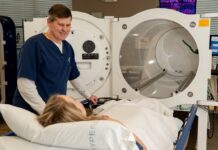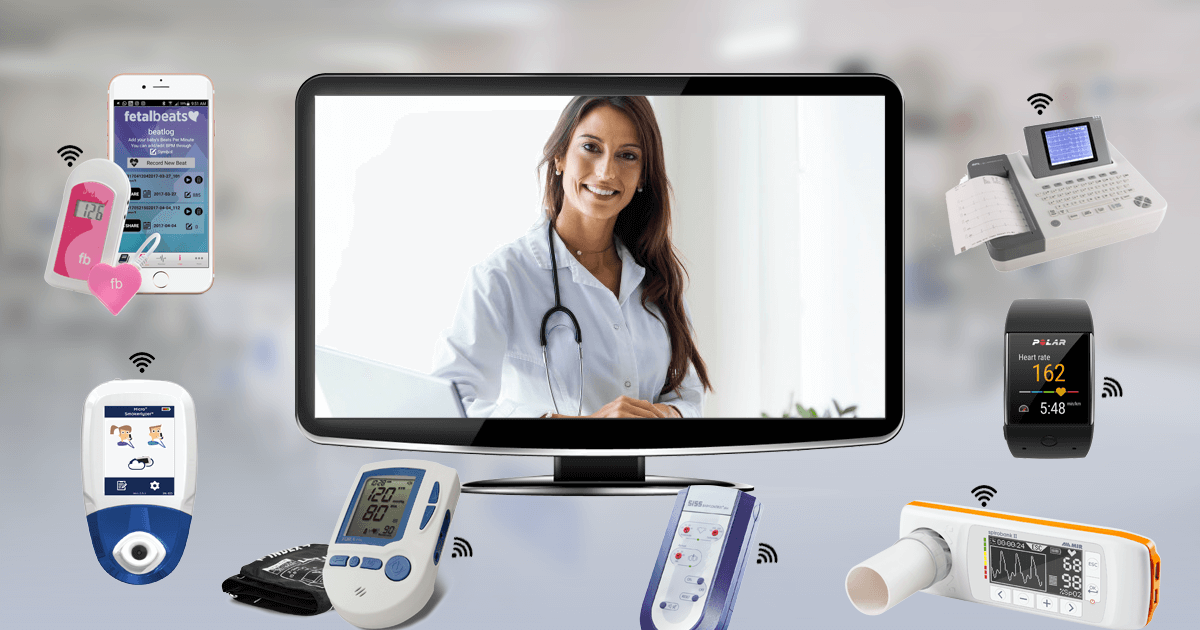
Remote patient monitoring or RPM devices are small tools that can measure and monitor a patient’s health conditions through their important vitals like blood pressure, oxygen levels, and blood sugar.
RPM and telehealth have the objective to prevent recurring episodes of at-risk patients who have been diagnosed with chronic and progressive ailments that are critical to life like congestive heart failure, a chronic obstructive pulmonary disorder, diabetes, kidney failure, and cancer.
These devices also help the aged population, pregnant ladies, patients convalescing at home after a major trauma, or children born with congenital conditions like multiple sclerosis or sickle cell disease.
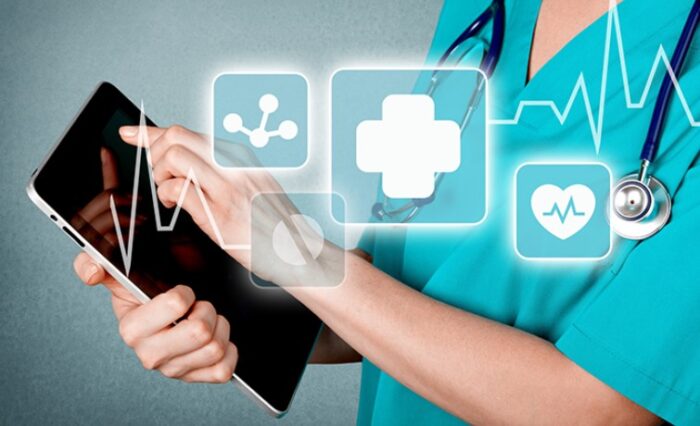
With many players in the market, a patient or hospital looking to initiate RPM programs can find it difficult to choose a product that is suitable for their requirements. Remote patient monitoring companies can offer many features that can be compared and reviewed to choose a product that matches their requirements.
Now, the factors that one needs to check when reviewing companies that manufacture RPM devices, it is advisable to keep a simple objective:
- Easy to use
- Functional
- Cost-effective
However, many other aspects still need to be quantified before taking a final decision to buy an RPM device.
Here is a list of a few such points that one has to review before investing in RPM software and device for own consumption or a hospital management implementation:
Technical feasibility
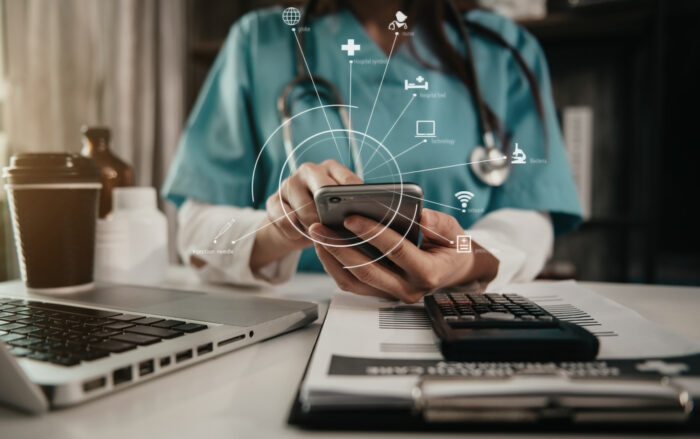
Complex models with high-end features can be attractive but may not be technically feasible to be incorporated with every software. To check the functionality based on technical feasibility one has to check the following points
- Multiple digital sensors capture information from a patient’s body
- Easy to integrate software where the captured information is relayed back
- Control IP subsystems with validated hardware and software that can read the data without errors
- Longer battery life can help the unit stay active within a range
- Compatibility with all operating systems like android, IoS, and windows for effective use through smartphone devices
Currently, RPM devices use wearable sensors by containing the sensors in the immediate surroundings around a patient. Research is underway to make these products with miniature sensors with high resolution to capture accurate information with less lag time.
The optimum frequency for connectivity
Remote monitoring is enabled with Bluetooth and wireless connections. So the product should have the same module for both platforms of wifi and Bluetooth connection. Wireless connectivity with high frequency can have a better range but is harmful beyond certain levels for the human body. A frequency range between 10-20 GHz and a maximum of 2-meter distance range is advisable for safe use around human bodies.
RPM companies that consider the possibility of wireless disturbance with microwave and other electromagnetic fields and provide measures to overcome connectivity interference can be a preferred choice.
Human perception
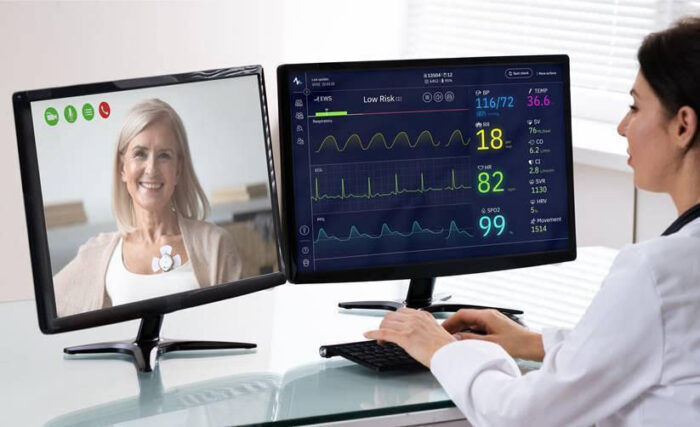
How human beings perceive technical products that are new to them is one of the critical components when marketing a product that is based on new technology that is not familiar to the common man.
A product that focuses on using quality UI that helps the user with easy learning, rapid relay systems, and end-user satisfaction without any errors while efficiently interacting with the telehealth programs, will be a good choice. These factors can be covered when the human factor is part of the engineering in an RPM tool.
Easy to manage
At the end of the day RPM devices are technical tools that are susceptible to wear and tear. If they are too delicate, the chances of damage upon even the slightest accident are more.
If these devices are built to be too strong then they may become bulky and not remain as remote monitoring devices that are small-scale versions of telemetric devices. To meet this objective, device management has to be easy, and the tools need to be robust enough to survive small abrasions that are part of the daily routine of a normal patient.
Data security
Patient data security is non-negotiable and comprises the integrity factor of any application that is used.
Conclusion
Remote patient monitoring is a preventive method that will translate into cost-effective means that will help in nipping the costs in the healthcare sector.


